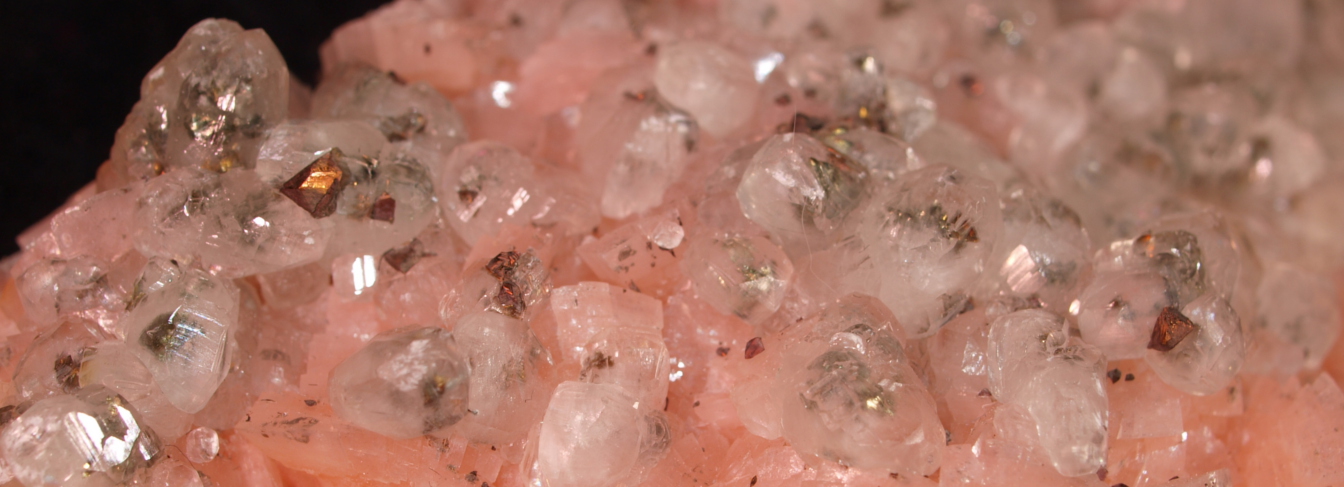
Industrial Minerals
Any rock, mineral, or sediment of economic value – exclusive of metal ores, fossil fuels, and gemstones – is designated as an industrial or a nonmetallic rock/mineral. The two terms are synonymous. Although gemstones are usually excluded, they are listed here for convenience.
Human consumption of the industrial rocks and minerals greatly exceeds our consumption of metals – at a rate of about 16:1 by weight. The average consumer does not recognize the presence of an industrial mineral in the commodities he/she uses. Some of the industrial minerals are mined in large volumes in Arkansas and their value makes a significant contribution to the state's economy.
Industrial mineral resources include many common materials, such as rock (limestone, dolostone, and sandstone), gravel, sand, several varieties of clay, and uncommon materials, such as bromine brine, diamond, gypsum, novaculite, syenite, and tripoli. All of these resources are currently being mined in Arkansas.
Although accurate production data are not readily available, bromine brine, crushed stone (sandstone, limestone, dolostone, and syenite), sand, and gravel have been the most valuable industrial materials mined in recent years.
Unlike many metals, which can be recycled profitably, few of the industrial minerals can be reclaimed and reused. Glass, which is composed of silica sand, is an exception. Some materials made of industrial minerals can be salvaged and used for other purposes. Concrete is a widely used material in which sand, gravel, limestone or chalk, marl, and gypsum are the main ingredients. Demolished concrete structures are commonly reused as fill for other construction projects. Some industrial diamond is recycled from drill bits and cutting tools. There is a continuous search for new deposits of industrial rocks and minerals to replace deposits being depleted.
A problem faced by the producers of some industrial minerals is that large tonnages are required by users, coupled with low market prices per unit. Low prices result in transportation costs being a critical factor. In addition, expansion of suburbs around major markets and increasing environmental constraints have forced many operators to move to more distant sites, thereby increasing transportation costs and prices paid by consumers.
The value of non-fuel minerals produced in Arkansas in 2006, according to the US Geological Survey, was $913 million. Arkansas was 26th in US production of industrial minerals, which amounted to 1.34 % of the US total. The following minerals are ranked by value for 2006: bromine, crushed stone, Portland cement, construction sand and gravel, and lime.
To download the ADEQ Access 2000 database of all permitted operations in Arkansas click here.
.jpg)
Asphalt
Asphalt is a brown to black, high viscosity liquid or bitumen that consists almost entirely of carbon and hydrogen and has a low melting temperature.
Learn more »
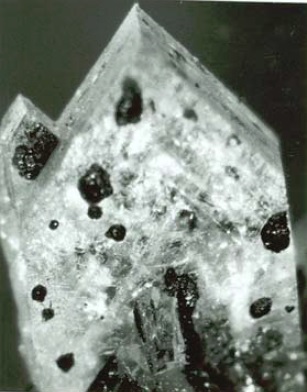
Barite
Production of barite from Arkansas was used exclusively as a weighting agent in drilling muds in the oil and gas industry, due to its relatively high specific gravity (4.5).
Learn more »

Bauxite
The principal ore of aluminum is bauxite, a complex mixture of a number of aluminum hydroxides and hydrous aluminum oxides.
Learn more »
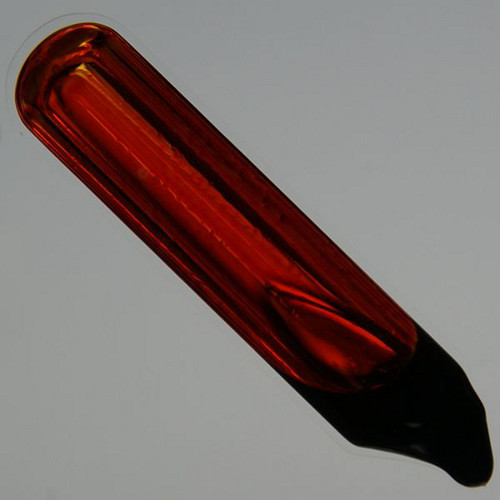
Bromine (Brine)
Elemental bromine (Br) is a highly corrosive, reddish-brown, volatile liquid which, along with fluorine, chlorine, and iodine, forms a family of elements known as the halogens.
Learn more »
.jpg)
Asphalt
Asphalt is a brown to black, high viscosity liquid or bitumen that consists almost entirely of carbon and hydrogen and has a low melting temperature.
Learn more »

Barite
Production of barite from Arkansas was used exclusively as a weighting agent in drilling muds in the oil and gas industry, due to its relatively high specific gravity (4.5).
Learn more »

Bauxite
The principal ore of aluminum is bauxite, a complex mixture of a number of aluminum hydroxides and hydrous aluminum oxides.
Learn more »

Bromine (Brine)
Elemental bromine (Br) is a highly corrosive, reddish-brown, volatile liquid which, along with fluorine, chlorine, and iodine, forms a family of elements known as the halogens.
Learn more »
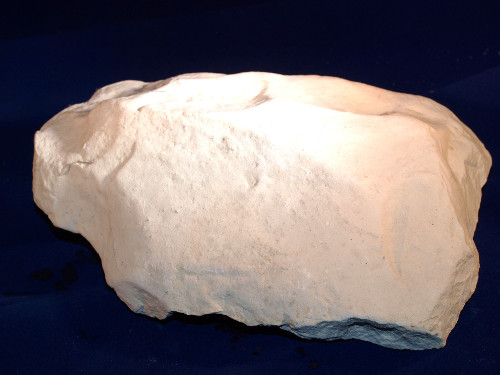
Chalk
In Arkansas, chalk is the major constituent of two extensive Cretaceous formations: the Annona Chalk and the Saratoga Chalk.
Learn more »
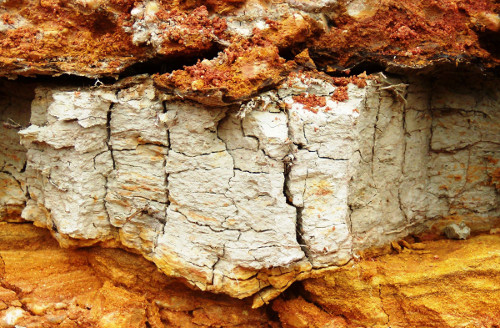
Clay
Clay is a major industrial mineral resource in Arkansas. Combined industry output in 2005 amounted to over 1.2 million tons of raw clay, valued at over $1.9 million.
Learn more »
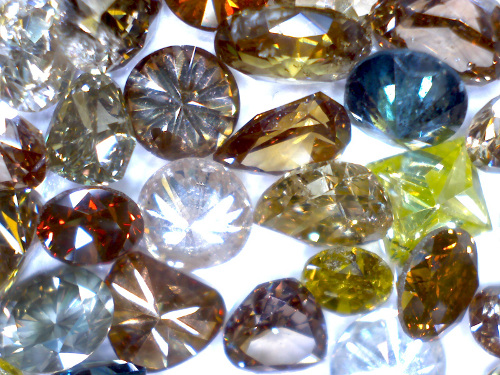
Diamond (Industrial)
Diamond is the hardest known substance, being composed of very densely packed carbon (C). Learn more »
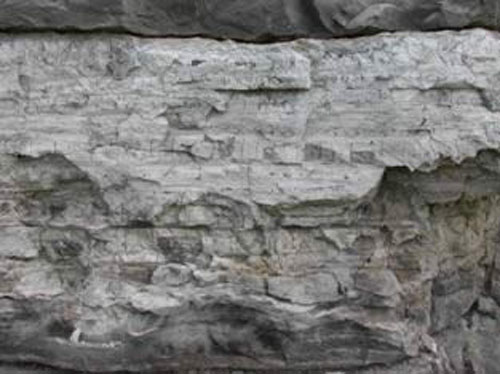
Dolostone
See Limestone
Learn more »

Chalk
In Arkansas, chalk is the major constituent of two extensive Cretaceous formations: the Annona Chalk and the Saratoga Chalk.
Learn more »

Clay
Clay is a major industrial mineral resource in Arkansas. Combined industry output in 2005 amounted to over 1.2 million tons of raw clay, valued at over $1.9 million.
Learn more »

Diamond (Industrial)
Diamond is the hardest known substance, being composed of very densely packed carbon (C).
Learn more »

Dolostone
See Limestone
Learn more »

Gemstone
As defined here, a gem is any jewel, whether stone or pearl, having value and beauty that are intrinsic.
Learn more »
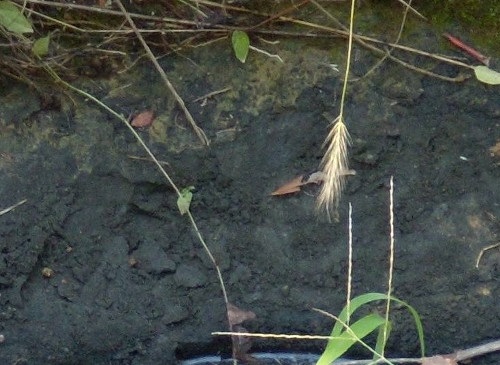
Greensand
Greensand is the name commonly applied to a sandy rock or sediment containing a high percentage of the mineral glauconite.
Learn more »

Gypsum
Gypsum deposits are mined by open-pit methods in southwest Arkansas from the DeQueen Limestone (Early Cretaceous) of the Trinity Group.
Learn more »
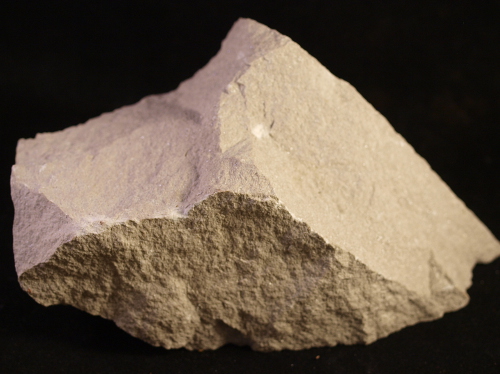
Limestone
The principal mineral of limestone is calcite (CaCO3), a form of calcium carbonate.
Learn more »

Gemstone
As defined here, a gem is any jewel, whether stone or pearl, having value and beauty that are intrinsic.
Learn more »

Greensand
Greensand is the name commonly applied to a sandy rock or sediment containing a high percentage of the mineral glauconite.
Learn more »

Gypsum
Gypsum deposits are mined by open-pit methods in southwest Arkansas from the DeQueen Limestone (Early Cretaceous) of the Trinity Group.
Learn more »

Limestone
The principal mineral of limestone is calcite (CaCO3), a form of calcium carbonate.
Learn more »

Marble
Commercial marbles mined in Arkansas are all unmetamorphosed limestones or dolostones that take a high polish.
Learn more »

Marl
Marl is a sediment or sedimentary rock that is a mixture of clay and calcite (CaCO3).
Learn more »
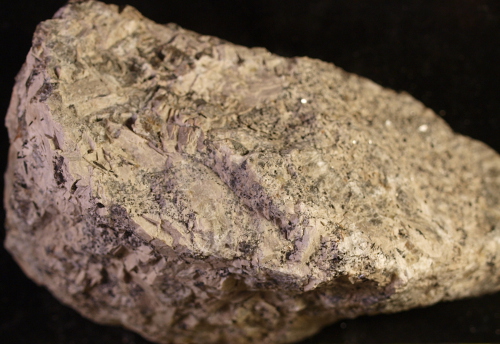
Nepheline Syenite
Nepheline syenite is a medium to coarse-grained, light- to medium-gray, igneous rock that is composed predominantly of a silicate mineral called orthoclase (KAlSi3O8) and has a granite-like appearance.
Learn more »
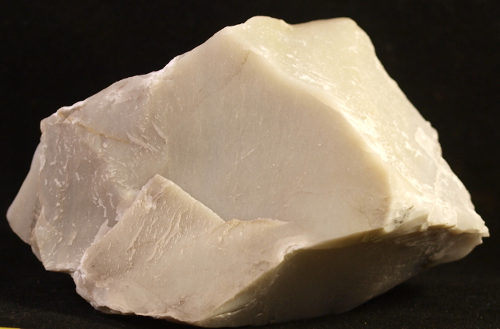
Novaculite (Silica Stone)
Novaculite is a sedimentary rock composed mostly of microcrystalline (1-5 micron) quartz and is a crystallized variety of chert.
Learn more »
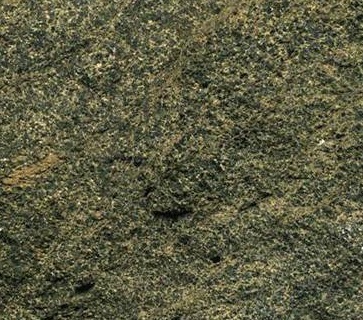
Marble
Commercial marbles mined in Arkansas are all unmetamorphosed limestones or dolostones that take a high polish.
Learn more »

Marl
Marl is a sediment or sedimentary rock that is a mixture of clay and calcite (CaCO3).
Learn more »

Nepheline Syenite
Nepheline syenite is a medium to coarse-grained, light- to medium-gray, igneous rock that is composed predominantly of a silicate mineral called orthoclase (KAlSi3O8) and has a granite-like appearance.
Learn more »

Novaculite (Silica Stone)
Novaculite is a sedimentary rock composed mostly of microcrystalline (1-5 micron) quartz and is a crystallized variety of chert.
Learn more »

Phosphate Rock
Phosphate rock can be any rock or sediment with sufficiently high concentrations of some form of the mineral fluorapatite (Ca5(PO4)3F) to be of commercial value.
Learn more »
.jpg)
Quartz (Industrial)
Quartz, or silica (SiO2), is a hard, brittle, usually colorless or white, nonmetallic mineral that exhibits considerable resistance to weathering.
Learn more »
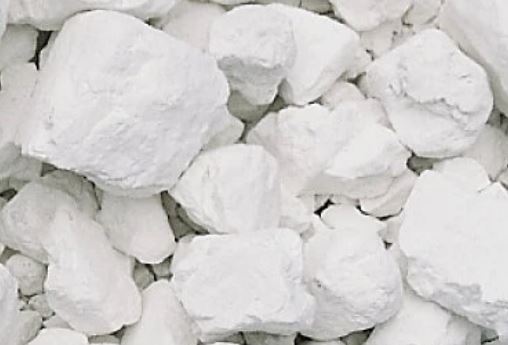
Quicklime

Salt and Chlorine
Salt (the mineral halite – NaCl) is one of society's basic needs. Pure halite consists entirely of sodium and chlorine in an atomic ratio of 1:1.
Learn more »

Phosphate Rock
Phosphate rock can be any rock or sediment with sufficiently high concentrations of some form of the mineral fluorapatite (Ca5(PO4)3F) to be of commercial value.
Learn more »
.jpg)
Quartz (Industrial)
Quartz, or silica (SiO2), is a hard, brittle, usually colorless or white, nonmetallic mineral that exhibits considerable resistance to weathering.
Learn more »

Quicklime

Salt and Chlorine
Salt (the mineral halite – NaCl) is one of society's basic needs. Pure halite consists entirely of sodium and chlorine in an atomic ratio of 1:1.
Learn more »
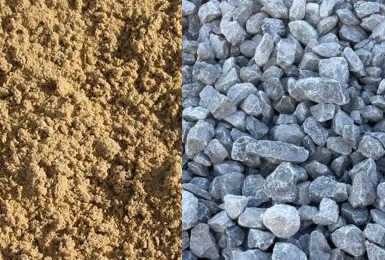
Sand and Gravel
.jpg)
Sand (Industrial)
Industrial sand is a high-purity quartz (SiO2) sand deposited by natural processes or sands that can be processed and upgraded to meet specialty use specifications.
Learn more »
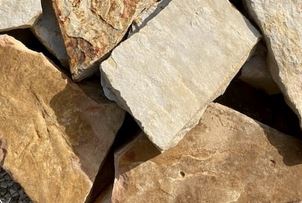
Sandstone
Sandstone is a sedimentary rock composed mostly of sand-sized grains cemented by clay, silica, carbonate, or iron oxide.
Learn more »
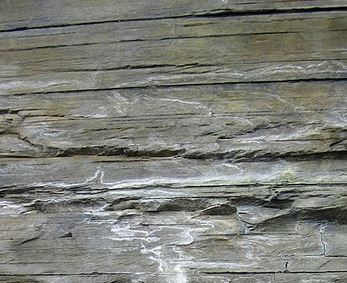
Shale / Slaty Shale
Shale is a sedimentary rock composed predominantly of clay-sized particles. Most of the particles are clay minerals, but other fine-grained clastic materials are normally present.
Learn more »

Sand and Gravel
.jpg)
Sand (Industrial)
Industrial sand is a high-purity quartz (SiO2) sand deposited by natural processes or sands that can be processed and upgraded to meet specialty use specifications.
Learn more »

Sandstone
Sandstone is a sedimentary rock composed mostly of sand-sized grains cemented by clay, silica, carbonate, or iron oxide.
Learn more »

Shale / Slaty Shale
Shale is a sedimentary rock composed predominantly of clay-sized particles. Most of the particles are clay minerals, but other fine-grained clastic materials are normally present.
Learn more »
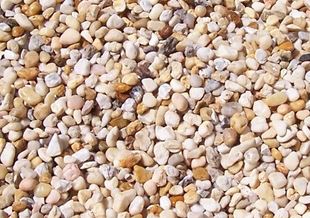
Silica Pebble
Silica pebble is a relatively new application of white to gray silica gravel.
Learn more »
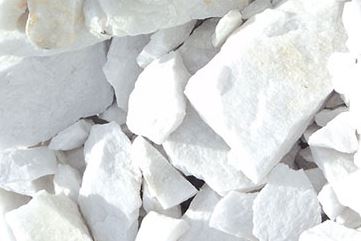
Soapstone / Talc
The massive soapstone typically consists of 50 to 80 percent talc (Mg3Si4O10(OH)2) admixed with chlorite, serpentine, pyrite, quartz, calcite, magnesite, and dolomite.
Learn more »
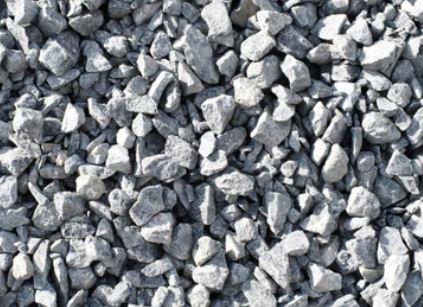
Crushed stone
Crushed stone is any rock that has been broken by mechanical means into smaller fragments.
Learn more »
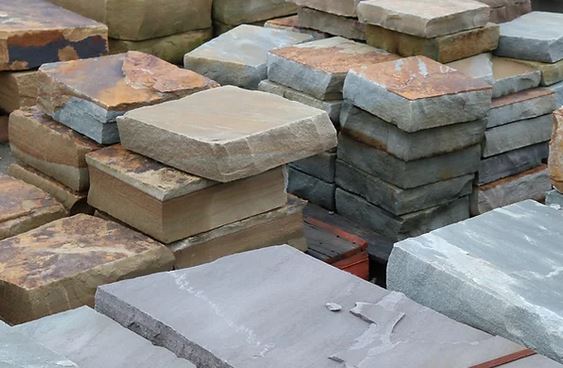
Dimension stone
Dimension stone is rock that was removed from its original site to be used (fieldstone) and rock that was broken, sawn, and/or ground and polished (processed) for use as building and/or ornamental stone.
Learn more »

Silica Pebble
Silica pebble is a relatively new application of white to gray silica gravel.
Learn more »

Soapstone / Talc
The massive soapstone typically consists of 50 to 80 percent talc (Mg3Si4O10(OH)2) admixed with chlorite, serpentine, pyrite, quartz, calcite, magnesite, and dolomite.
Learn more »

Crushed stone
Crushed stone is any rock that has been broken by mechanical means into smaller fragments.
Learn more »

Dimension stone
Dimension stone is rock that was removed from its original site to be used (fieldstone) and rock that was broken, sawn, and/or ground and polished (processed) for use as building and/or ornamental stone.
Learn more »
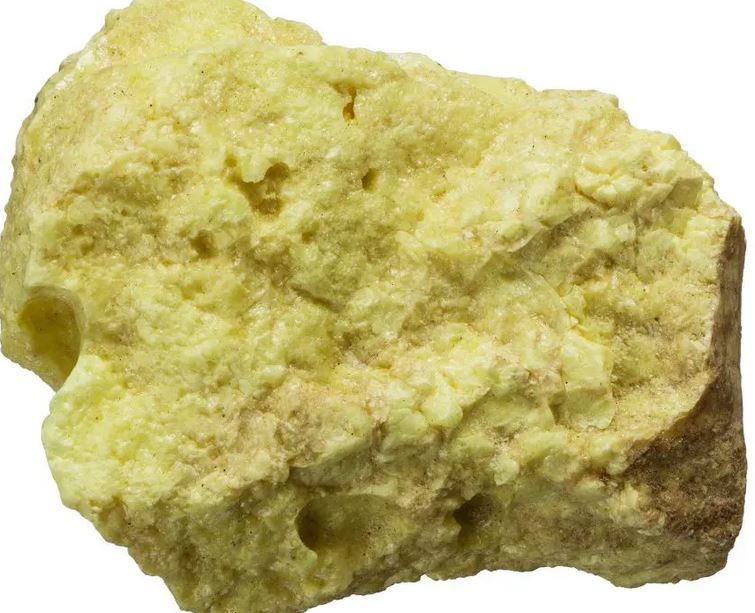
Sulfur
Sulfur (S) is a pale yellow nonmetallic element with a low melting point and low specific gravity (~2.0).
Learn more »
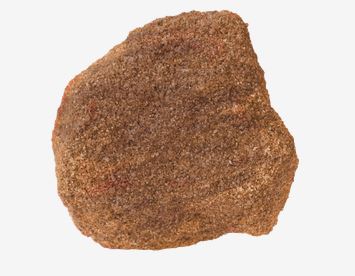
Tripoli
Tripoli is a microcrystalline form of quartz (SiO2) which is derived by the alteration of chert, chalcedony, or novaculite, or leaching of highly siliceous limestones.
Learn more »

Tuff
Tuff is a pyroclastic rock composed mostly of angular fragments of volcanic material deposited from the air. If deposited on land while hot, the particles weld together as a welded tuff; otherwise, normal lithification occurs.
Learn more »

Vermiculite
Vermiculite is a mica-like silicate mineral of the general formula (Mg,Fe2+,Al)3(Si,Al)4O10 (OH)2 . 4H2O that rapidly expands upon heating, resulting in a low-density material.
Learn more »

Sulfur
Sulfur (S) is a pale yellow nonmetallic element with a low melting point and low specific gravity (~2.0).
Learn more »

Tripoli
Tripoli is a microcrystalline form of quartz (SiO2) which is derived by the alteration of chert, chalcedony, or novaculite, or leaching of highly siliceous limestones.
Learn more »

Tuff
Tuff is a pyroclastic rock composed mostly of angular fragments of volcanic material deposited from the air. If deposited on land while hot, the particles weld together as a welded tuff; otherwise, normal lithification occurs.
Learn more »

Vermiculite
Vermiculite is a mica-like silicate mineral of the general formula (Mg,Fe2+,Al)3(Si,Al)4O10 (OH)2 . 4H2O that rapidly expands upon heating, resulting in a low-density material.
Learn more »
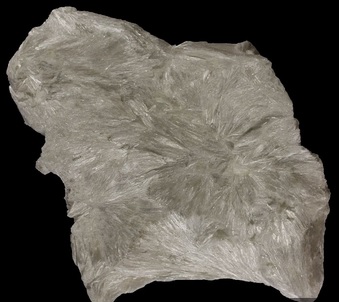
Wollastonite
Wollastonite (CaSiO3) is a mineral which can develop as skarn deposits (in contact metamorphic situations) and as a primary magmatic mineral (associated with carbonatites).
Learn more »

Wollastonite
Wollastonite (CaSiO3) is a mineral which can develop as skarn deposits (in contact metamorphic situations) and as a primary magmatic mineral (associated with carbonatites).
Learn more »